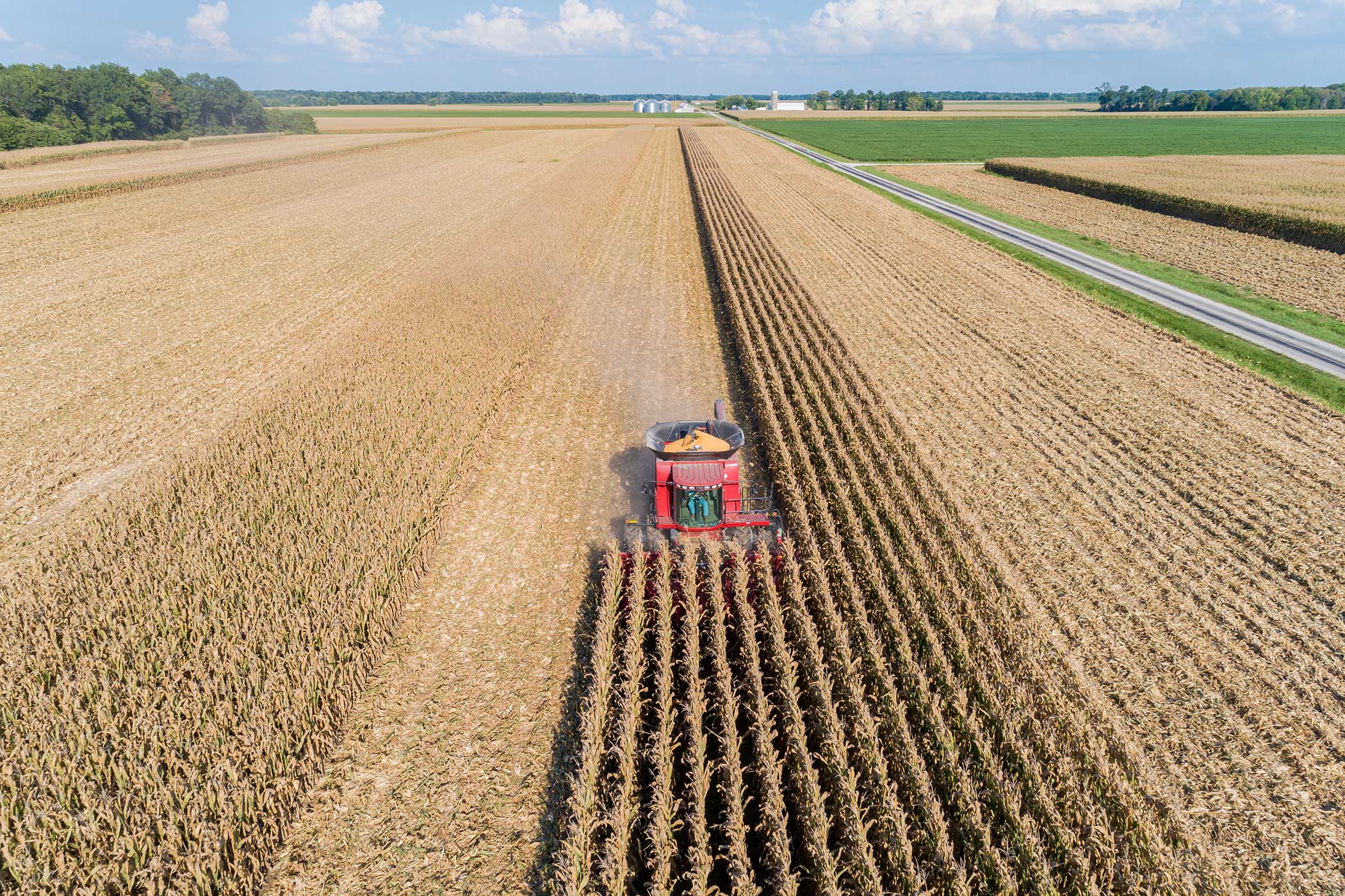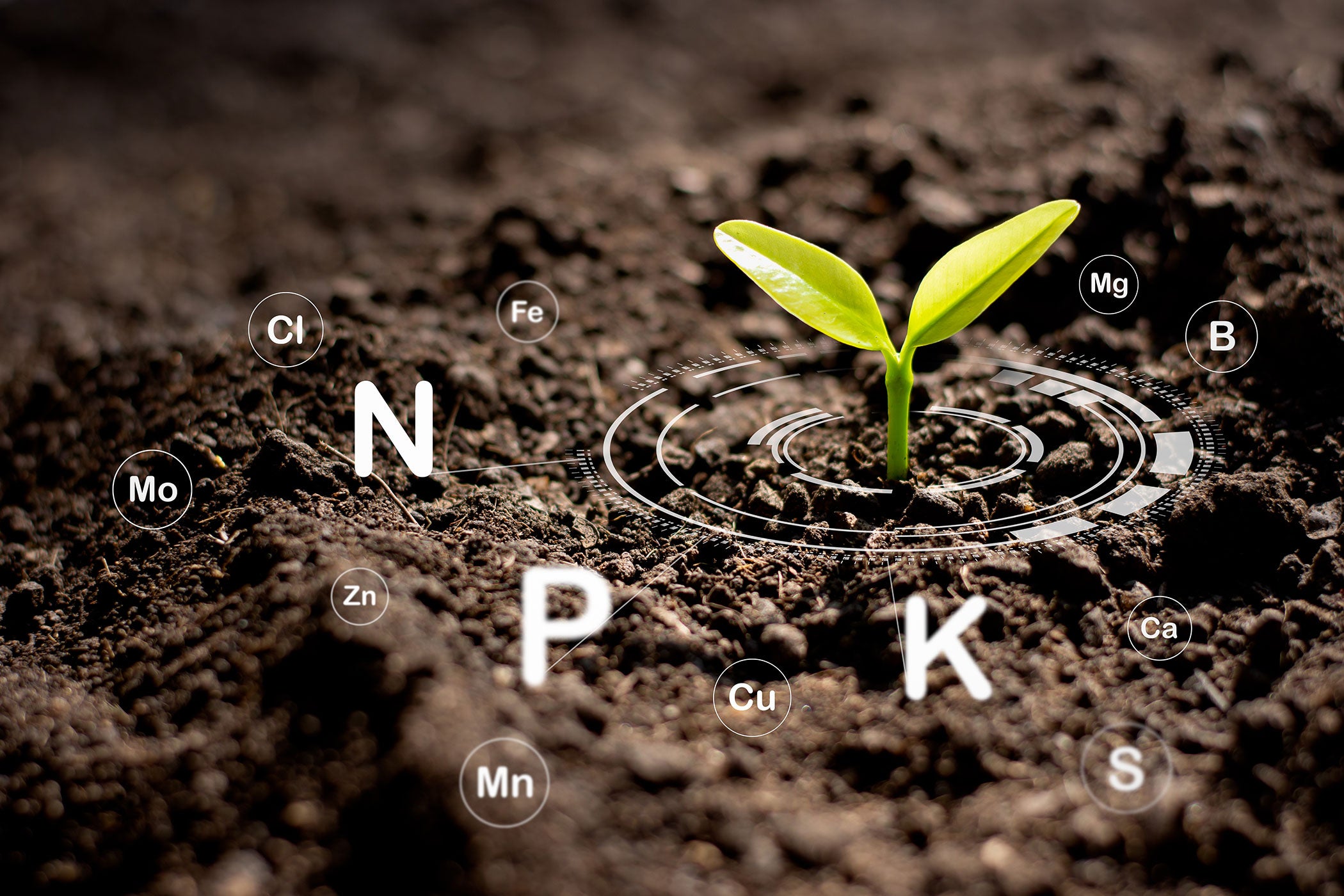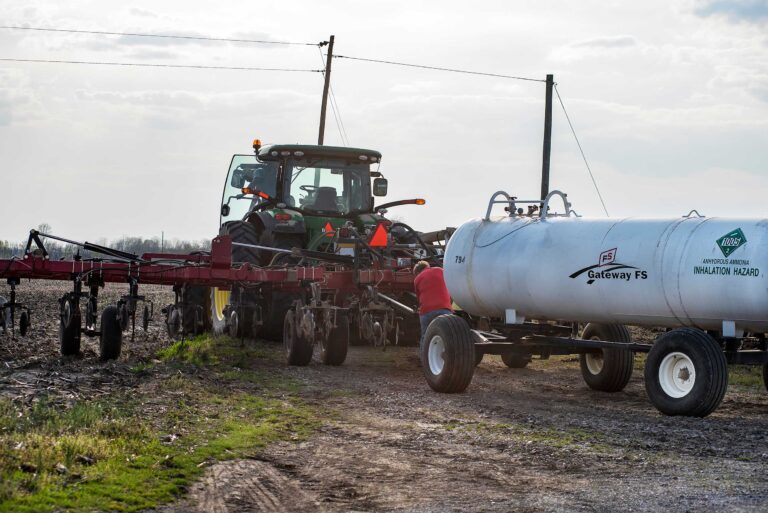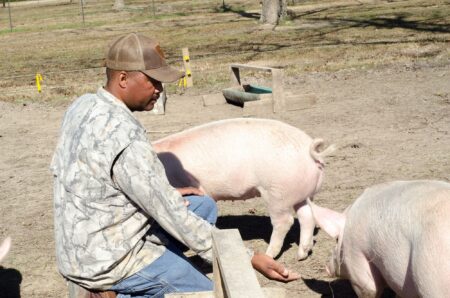If you take a drive through America’s Corn Belt in mid-summer, you’ll see endless fields of maize stretching to the horizon, each plant standing tall like a miniature green skyscraper. These plants owe much of their success to nitrogen — a nutrient as critical to their growth as oxygen is to ours. In most cases, that nitrogen comes from synthetic fertilizers, but what if there was a way to supplement or even replace some of it using nature’s own microscopic chemists?
A 2024 study published in Agronomy Journal explored that possibility, evaluating whether nitrogen-fixing bacteria could step in to help maize meet its nutrient demands. The findings suggest that while these bacterial inoculants aren’t a silver bullet, they may offer a bit of promise for reducing our reliance on synthetic fertilizers.
The science of nitrogen fixation
Plants, in all their green ingenuity, can do many things — convert sunlight into energy, extract nutrients from the soil, and even communicate with each other through chemical signals. But there’s one thing they can’t do: extract nitrogen from the air. Even though our atmosphere is nearly 80 percent nitrogen, plants can only use it in certain reactive forms, like ammonium or nitrate. That’s where nitrogen-fixing bacteria come in.
Certain microbes, including strains of Klebsiella variicola and Kosakonia sacchari, have evolved the ability to take atmospheric nitrogen and convert it into a plant-usable form. These bacteria, when introduced to maize fields as an inoculant, have the potential to provide an extra boost of nitrogen to the crop, supplementing traditional fertilizer applications.

The research: A boost, but not a revolution (yet)
Scientists at the University of Illinois conducted a multi-year field study to determine just how much nitrogen these microbes could provide. The results? Encouraging, but with some caveats. The bacterial inoculant was able to supplement the equivalent of 12 to 38 kg of synthetic nitrogen per hectare, depending on the growth stage of the plant. This led to a modest but measurable increase in nitrogen uptake and grain yield — about 1.5 percent more kernels per square meter and an additional 0.11 megagrams of grain per hectare.
This may not sound like a game-changer at first glance, but consider the broader implications: If bacterial inoculants can reliably provide even a fraction of a crop’s nitrogen needs, it could reduce the overall demand for synthetic fertilizers. That’s a big deal when you factor in the environmental costs of traditional fertilizers, which contribute to greenhouse gas emissions and water pollution.
The road ahead: Optimizing the microbial edge
While the study found that nitrogen-fixing bacteria can play a supporting role in maize nutrition, it also highlighted challenges that need to be addressed before these inoculants can become a mainstay in large-scale agriculture. For one, the bacteria’s effectiveness tends to wane as the season progresses, suggesting that their ability to provide nitrogen might be most useful early in the plant’s life cycle.
Additionally, the study showed that the inoculants were most beneficial when applied alongside moderate levels of traditional fertilizers (45 to 135 kg nitrogen per hectare). This suggests that, for now, bacterial inoculants are best used as a complement rather than a full replacement for synthetic nitrogen.
Fertilizer efficiency isn’t just a farmer’s problem — it’s a global one. Nitrogen runoff from over-fertilized fields is a major contributor to environmental issues like algal blooms and waterway dead zones. If nitrogen-fixing bacteria can help reduce the need for synthetic fertilizers even slightly, the cumulative effect across millions of hectares of farmland could be substantial.
Moreover, as fertilizer prices fluctuate and concerns over sustainability grow, farmers are increasingly looking for ways to maintain high yields while minimizing input costs and environmental impact. If microbial inoculants continue to improve through research and development, they could become a key tool in the transition toward more sustainable agricultural practices.


The idea of harnessing bacteria to supplement maize nutrition isn’t new, but studies like this one add to the growing body of evidence that biological solutions can have a meaningful impact on crop production. While nitrogen-fixing microbes won’t replace fertilizers overnight, they represent an exciting frontier in agricultural science — one where tiny organisms can help tackle big challenges.
In the meantime, it’s worth keeping an eye on this research as scientists refine their understanding of how to best deploy these microscopic allies. Because if there’s one thing we know about nature, it’s that she rarely runs out of clever solutions.
Leah Elson is an American scientist, author, and public science communicator. She has two pit bulls and sixty-eight houseplants.


:max_bytes(150000):strip_icc()/6895915516_c5d91051e4_o-dcfd56ad94744fe7a21a73a4193bf43a.jpg)
:max_bytes(150000):strip_icc()/BloombergContributor-2213407471-950399016ccb4e73ab5886ad1d623b2e.jpg)









